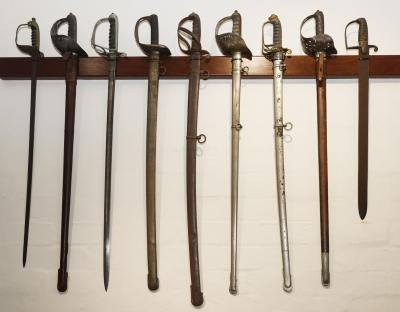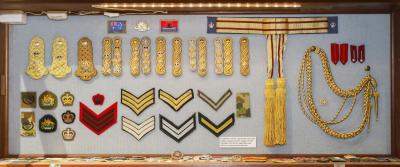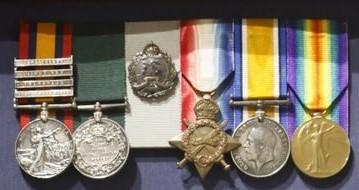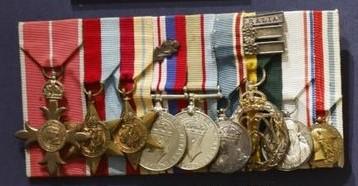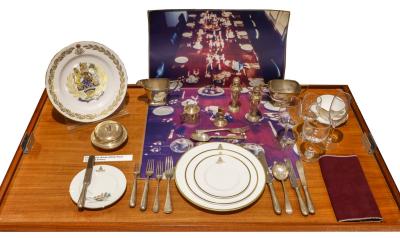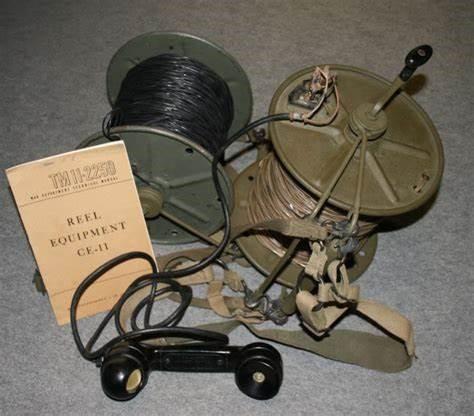Reel of Signal Wire - DON 10
With the introduction of “Line” for both telephony and telegraphy during the Boer War and World War 1 a number of cable variants were developed. The series started with D1 and D2 and evolved into D8 by 1919. The variants were all improvements to insulation, waterproofness, flexibility and robustness. Variations in the number of steel and copper wires to maximise conductivity. In practical reference, the use of the army phonetic alphabet for D, “Don” was used for these variants. Don 10 was the result of further manufacturing improvements in thinner spun and extruded copper wire.
With the introduction of “Line” for both telephony and telegraphy during the Boer War and World War 1 a number of cable variants were developed. The series started with D1 and D2 and evolved into D8 by 1919. The variants were all improvements to insulation, waterproofness, flexibility and robustness. Variations in the number of steel and copper wires to maximise conductivity. In practical reference, the use of the army phonetic alphabet for D, “Don” was used for these variants. Don 10 was the result of further manufacturing improvements in thinner spun and extruded copper wire.
Details
Details
This object is located in the Communications Gallery commissioned by the Australian Army Museum of Western Australia as part of the Centenary commemorations of the Royal Australian Corps of Signals in the broader context of the evolution of communications technologies. Communication devices used by the Australian Army also are presented in their operational context throughout the Museum.
Australian Army Museum of Western Australia
Australian Army Museum of Western Australia
Other items from Australian Army Museum of Western Australia
- World War 2, Field Telephone Set F Mk 1
- Milestones in Modern Communications
- World War 2, SRC536 Walkie Talkie, WX9450 MAIN, 2/28 Battalion,1944
- Evolution of Batteries
- Postmaster-General Telephony - Bell Box, 1920s
- Trophy of Arms - 19th Century Swords
- Uniform Accoutrements - Rank insignia
- World War 1 - Fullerphone Telegraph
- Medal Group - 2nd Anglo Boer War, World War 1, DENNISON
- Medal Group - World War 2, Korea, Vietnam, HUTCHINSON
- Medal Group, World War 2, Le SOUEF, 2/7 Field Ambulance
- Formal Place Setting - Regimental Mess Dinner or Dining In

